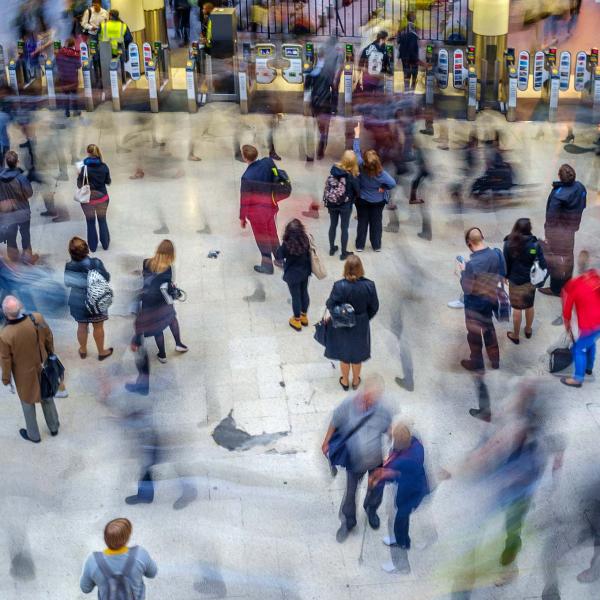This research is concerned with the demand for lottery tickets and uses data for the UK National Lottery that records the behaviour, incomes and characteristics of almost 10,000 individuals. Some of the data relates to people surveyed during a "double rollover" - the jackpot had been enhanced by adding the jackpots from the previous two weeks which had not been won. This allows us to estimate how the demand for lottery tickets varies with the rate of return since this return is higher in rollover draws. It is noticeable that richer people appear to be more likely to play in rollover weeks and we need to control for income in order to obtain unbiased estimates of the price elasticity. We find that the demand for the UL National Lottery is quite sensitive to changes in the financial rate of return arising from rollovers: a typical rollover increases the rate of return by about 10% and generates an additional 16% in sales. The income effect is negative - a lottery ticket is an example of an "inferior" good where the rich buy less than the poor: an 10% increase in income generates a fall in demand of 1.2%. But, to offset this negative income effect we find that some characteristics associated with high income (e.g. being middle aged) are positively correlated with lottery demand. We use the estimates to compute the welfare gain from the introduction of the lottery. The idea behind this is that participation in the lottery is voluntary, so only those who feel that it is beneficial to buy tickets will buy them. The implication of this is that, although consumers are, on average, ex post financially worse off after buying lottery tickets (since they are an extremely poor investment with a return that is usually approximately -55% per week) they feel better off ex ante when they buy them because of the pleasure associated with doing so. We do not know what these pleasures are but can presume that they exist from the fact that people buy this commodity with such a poor financial return. Our estimates imply that the pleasure is worth an average of 71p per draw per adult: which works out as 1.8 billion per annum - this is about what a 1p reduction in the income tax rate would be worth on average. Moreover, the gain is largest for those that spend the most - although the gain from successive tickets falls. Thus, the biggest spenders, which are the middle income group, gain most. However, this arises because the data confounds the lifecycle effect and the income effect: our estimates imply that those with the highest income over their lifetime will buy fewest tickets over their lifetime. Thus, the largest lifetime gains will be to those with lowest permanent incomes








